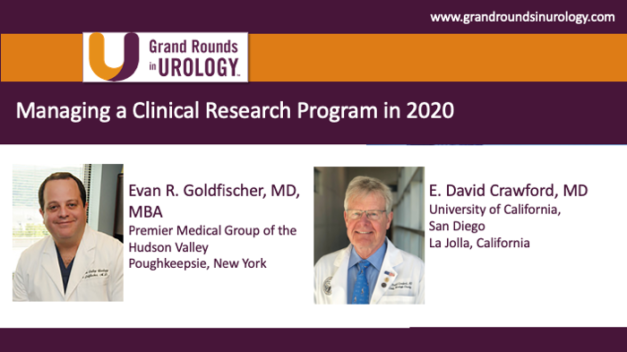LUGPA Lecture: Urology Employment Issues
Panelists Dr. Evan Goldfischer, MD, MBA; Alan Walker, MHSA, FACMPE; and Allison Griffin discuss urology employment issues. Specifically, the panel covers physician recruitment, physician burnout and resilience, and staff recruitment and engagement, emphasizing employment paradigm shifts and creative, proactive solutions to today’s staffing challenges.
Read More


